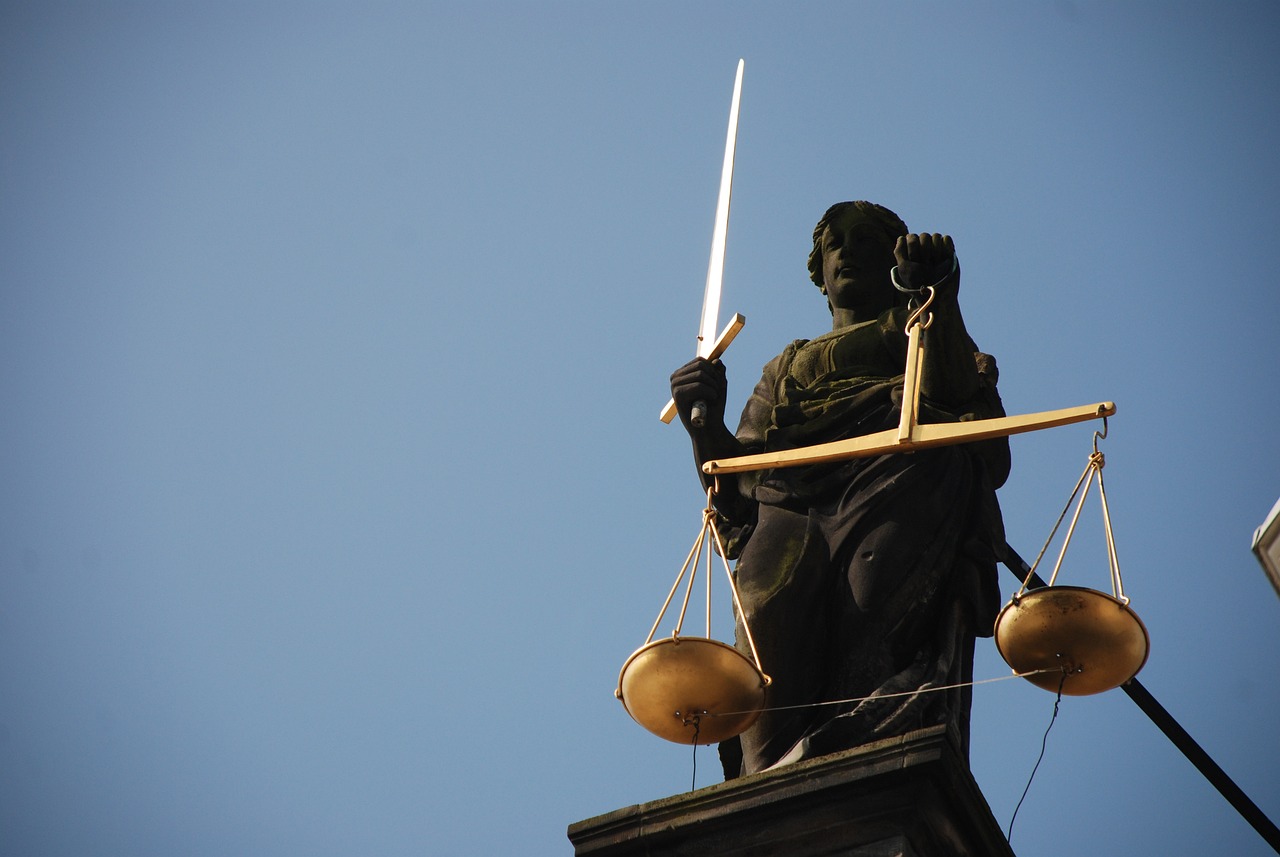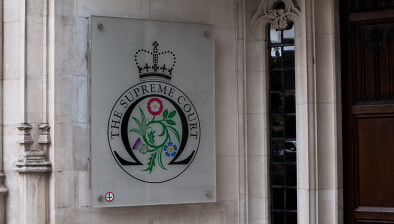EHRC paints mixed picture of equality and human rights in Scotland

An examination of Scotland’s equality and human rights landscape over the last five years has been published by the Equality and Human Rights Commission (EHRC).
The Equality and Human Rights Monitor report assesses the state of equality and human rights across Britain. Specific findings from Scotland are included in the Is Scotland Fairer? report.
The analysis focuses on the nine protected characteristics safeguarded by the Equality Act 2010 and provides an overview of the progress and challenges in areas such as education, health, justice and work.
Presenting a mixed picture, the latest report reflects the challenges faced in recent years, including the pandemic, Brexit, rising inflation and the economic fallout from the war in Ukraine.
The report highlights the areas Scotland has advanced in, including:
- Outcomes for young people: young people aged 16 to 19 are more likely to be in education, employment or training than they were in 2016.
- Representation and participation: ethnic minority representation in the Scottish Parliament increased, while women’s public participation also improved, with the proportion of women on public boards meeting the Scottish government’s 50 per cent target in 2019/20, 2020/21 and 2021/22.
Despite some progress, the report also exposes areas where Scotland requires improvement, such as:
- Poverty: rates of both adult and child poverty have increased in Scotland over the past decade. Higher rates of poverty are experienced by ethnic minorities, Muslims and lesbian, gay and bisexual adults. Those living in the most deprived areas of Scotland continue to have lower life expectancy and there are indications of an acute crisis for men living in the most deprived areas. ‘Deaths of despair’ (due to suicide, drugs or alcohol) are the leading cause of death among socio-economically deprived men aged 15 to 44 in Scotland.
- Education: while overall educational attainment has improved, there is still a large attainment gap between the most and least deprived pupils. The attainment gap between looked after children and all other pupils has also not reduced either. Looked after children are six times more likely to be excluded and continue to be less likely to go on to further or higher education, employment or training than other pupils.
- Employment: disabled people are more likely to earn a lower hourly wage, with the pay gap between disabled and non-disabled people in Scotland widening. Increased levels of employment are not translating into improvements in living standards, with the proportion of disabled adults in poverty also increasing. Ethnic minority workers also experience consistently lower hourly earnings and higher levels of insecure work.
- Health and access to healthcare: health outcomes have stagnated or declined for people with certain protected characteristics. Ethnic minorities, religious minorities, lesbian, gay and bisexual people, and trans and non-binary people all continue to experience barriers in accessing healthcare. Lengthy waits to access treatment have detrimental effects on people’s mental health.
Dr Lesley Sawers OBE, Scotland commissioner and deputy chair of the Equality and Human Rights Commission, said: “Our Is Scotland Fairer? report provides a comprehensive picture of where progress has been made towards a more equal country, and where action is needed to address the challenges which persist.
“While some improvements have been achieved since our last report in 2018, the challenges to equality in Scotland remain significant. In key areas such as poverty, health and the educational attainment gap, things have got worse over the last five years.
“More must be done to address these inequalities. Our report aims to inform decision-making in Scotland, with recommendations for government, public bodies and others.
“Our analysis can help drive improvements in public services to benefit everyone, while further improvements in data collection by protected characteristics will help tackle the unfair disparities that continue to impact the lives of people across Scotland.”









